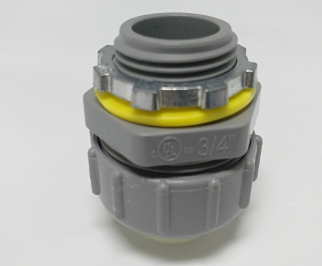Receipt and export bills
It differs from the “payment presentation†under the collection method in that the collecting bank of the collection method does not hand over the documents before the importer (buyer) pays the goods, that is, the importer (buyer) only delivers as required. After payment is made, documents can be obtained from the collecting bank to collect or resell the goods. Whether the importer (buyer) pays as required, the collecting bank does not take any responsibility. Under the letter of credit method, the beneficiary (exporter) can directly submit to the issuing bank a single payment that meets the requirements of the letter of credit without first looking for an importer (buyer). This is the issuing bank's beneficiary (exporter). It is an independent responsibility.
An Outward Documentary Bills bank is a business funded by exporters under the letter of credit. That is, the bank advances all palm rests with the exporter’s full set of export documents as collateral.
Export bills generally go through the following processes:
(1) After accepting the application, when the exporter submits the application for bill payment after exporting the goods, the exporting bank must carefully review the entire contents of the letter of credit and understand the credit of the exporter, and then accept the application and ask the exporter to fill in the “export†BANKING APPLICATION";
(2) Examination documents. After the exporter fills in the application form, the full set of shipping documents such as bills of exchange, invoices, bills of lading and insurance policies shall be submitted to the bank for financing. The embedded bank shall strictly review all the documents;
(3) Purchasing the bill of exchange, and the bank's examination of the bill is correct, that is to buy the bill of exchange of the exporter and all the shipping documents as collateral advanced to the exporter's funds;
(4) Advance payment, bank purchaser's documentary draft, deducting interest, handling fee and other expenses from the nominal amount, and paying the exporter to the exporter;
(5) After recovering the payment, the bank of the exporter will pay the exporter the advance payment, and then he will obtain the ownership of the shipping document. He shall return the payment to the bank that issued the letter of credit at the importing location. If the payment is refused due to a discrepancy between the documents, the bank of the exporting country has the right to claim all advances and interest from the exporter or deal with the collateral. If the bank refuses to pay due to the bank’s own work mistakes, the bank must not pursue the exporter.
Export bills have played a financial role for both importers and exporters. Exporters can receive funds before the importer pays the full amount.
Plastic Injection Molded Connector Accessories

Mechanical properties of injection connector fittings as far as connection functions are concerned, insertion and extraction forces are important mechanical properties. Plug force is divided into insert force and pull out force (pull out force is also called separation force), the requirement of both is different. In the relevant standards, there are provisions for maximum insertion force and minimum separation force, which indicate that, from the point of view of use, the insertion force should be small (hence the structure of LIF with low insertion force and ZIF without insertion force), and if the separation force is too small, it will affect the reliability of contact.
Another important mechanical property is the mechanical life of the connector. Mechanical life is actually a kind of durability index, which is called mechanical operation in GB5095. It is based on a cycle of one insert and one pull, and whether the connector can normally complete its connection function (such as contact resistance) after the specified plug cycle. The plug force and mechanical life of the connector are related to the plating quality (sliding friction coefficient) of the contact part of the contactor structure (positive pressure size) and the dimensional accuracy (alignment) of the contactor.
Plastic Injection Molded Connector Accessories,Injection Molded Connector Accessories,Furniture Connector Bolts,Joint Connector Nuts,Joint Connector
Timeplex Industrial Limited , https://www.catimeplexhk.com